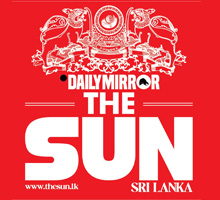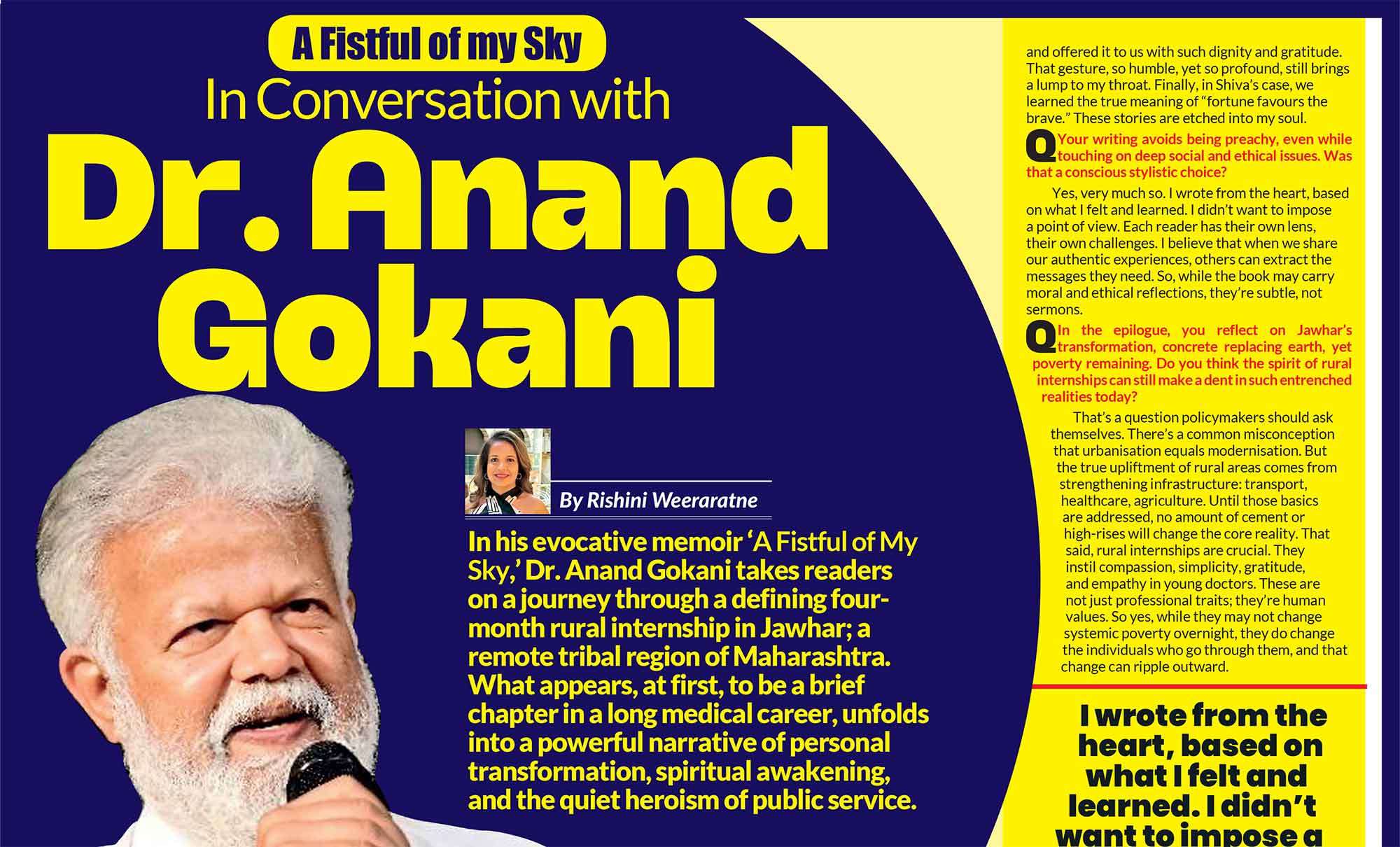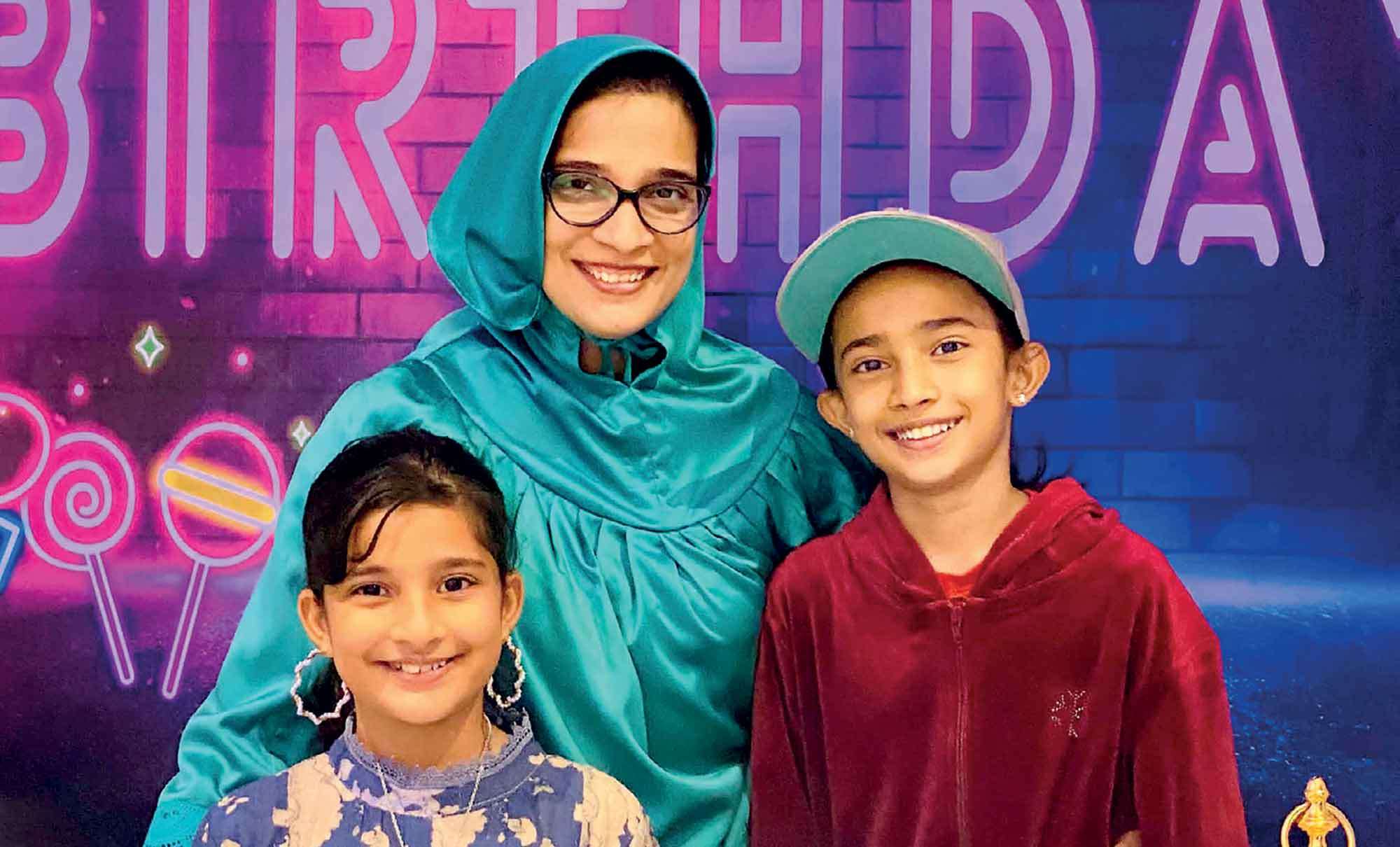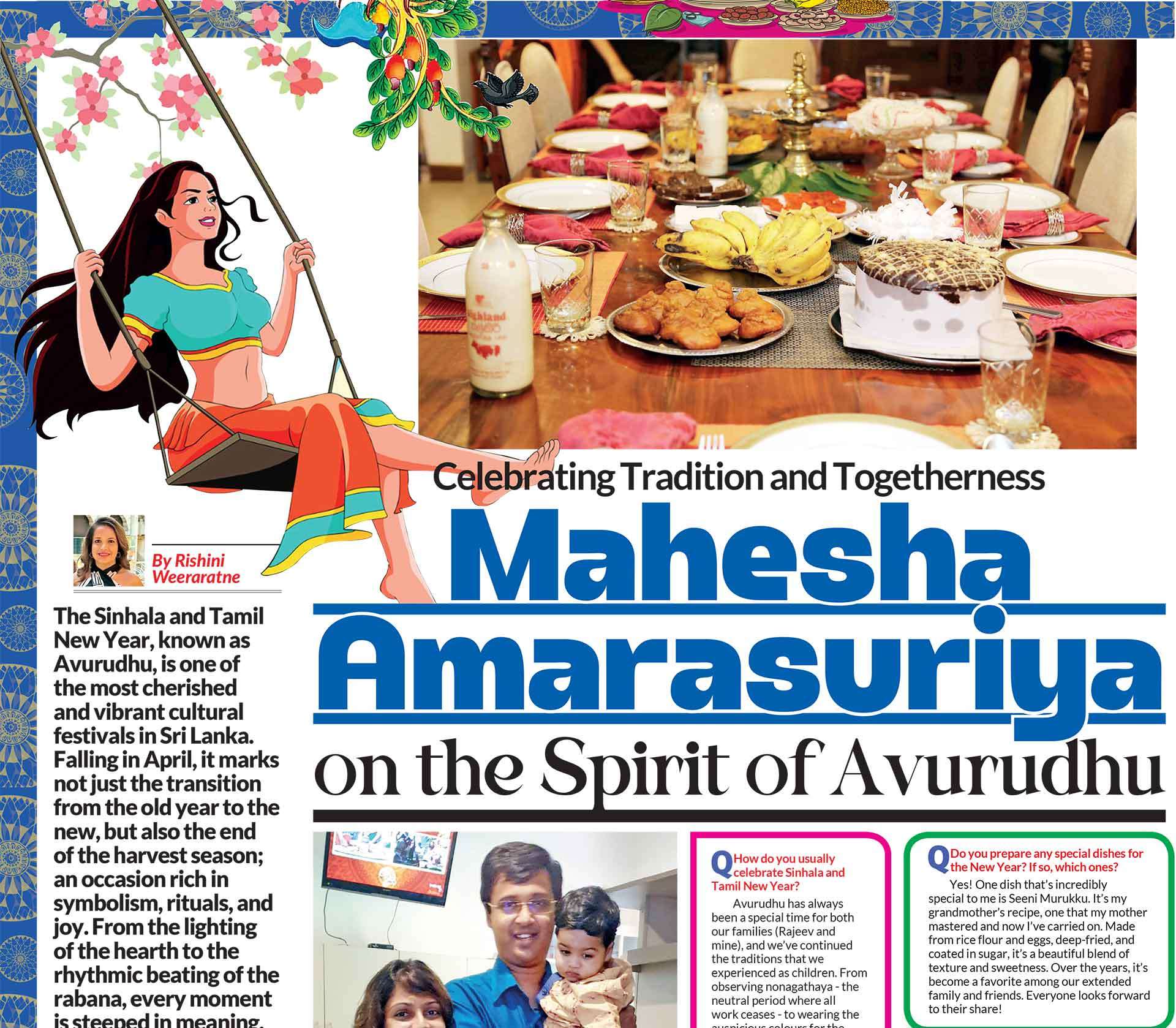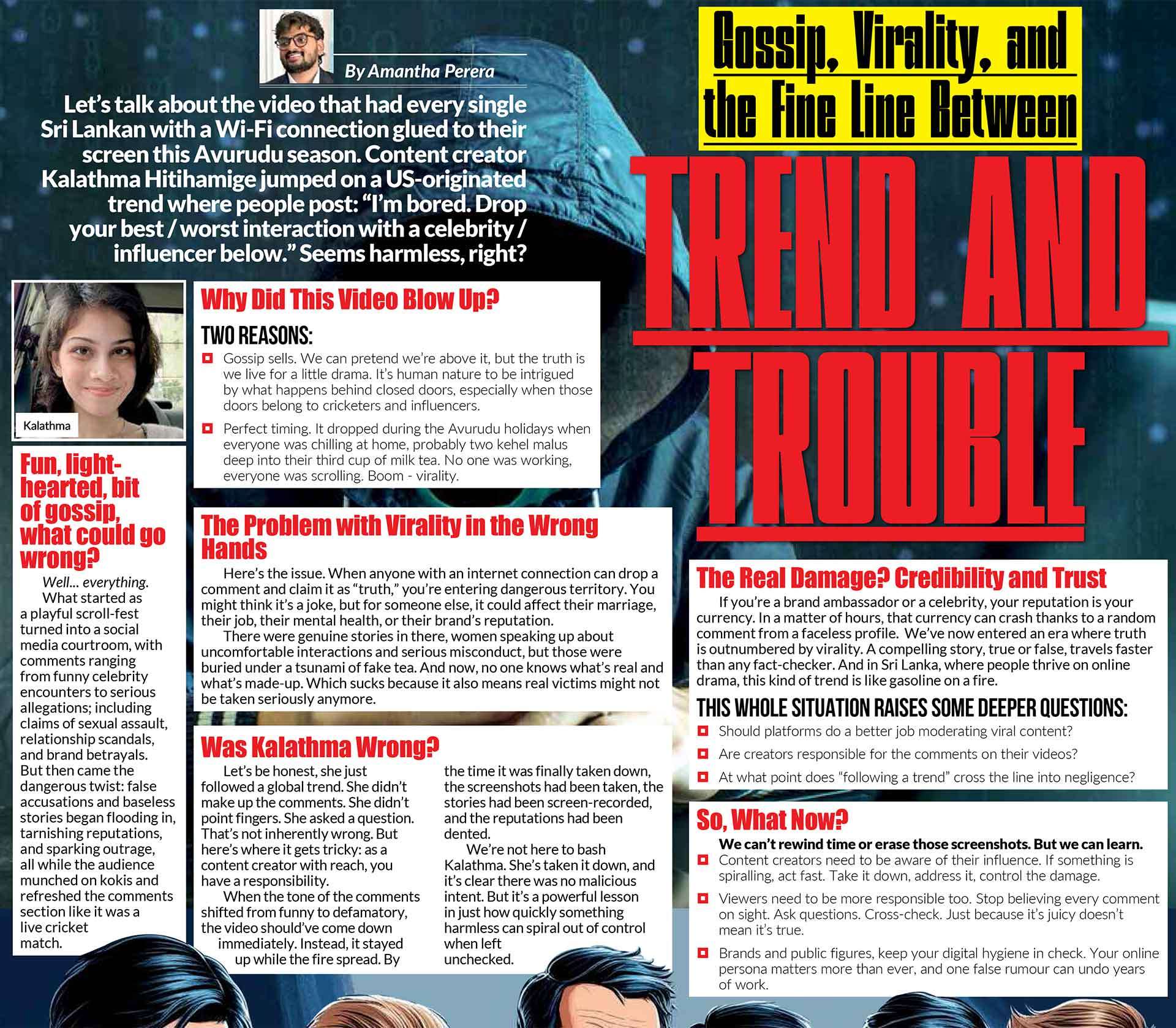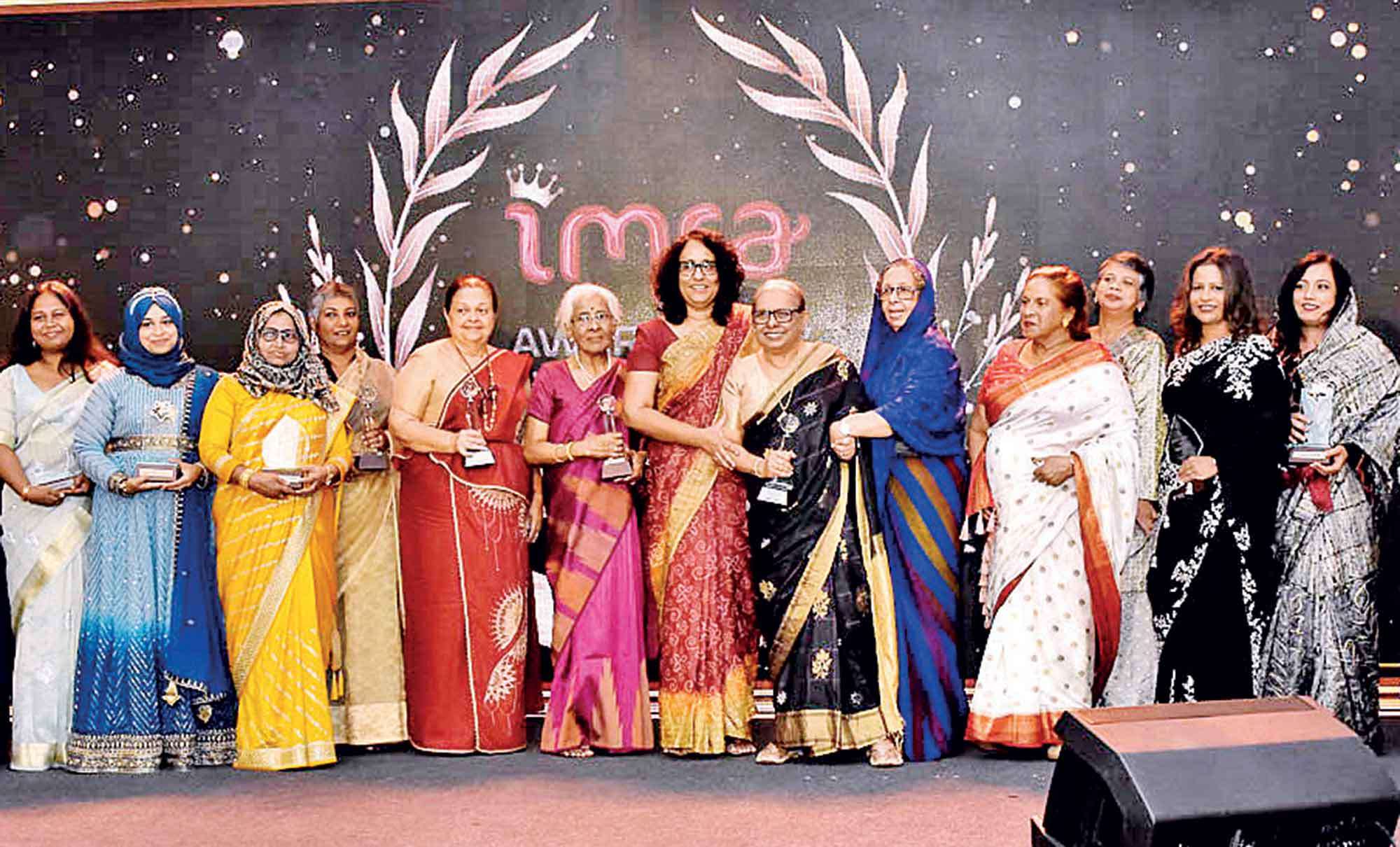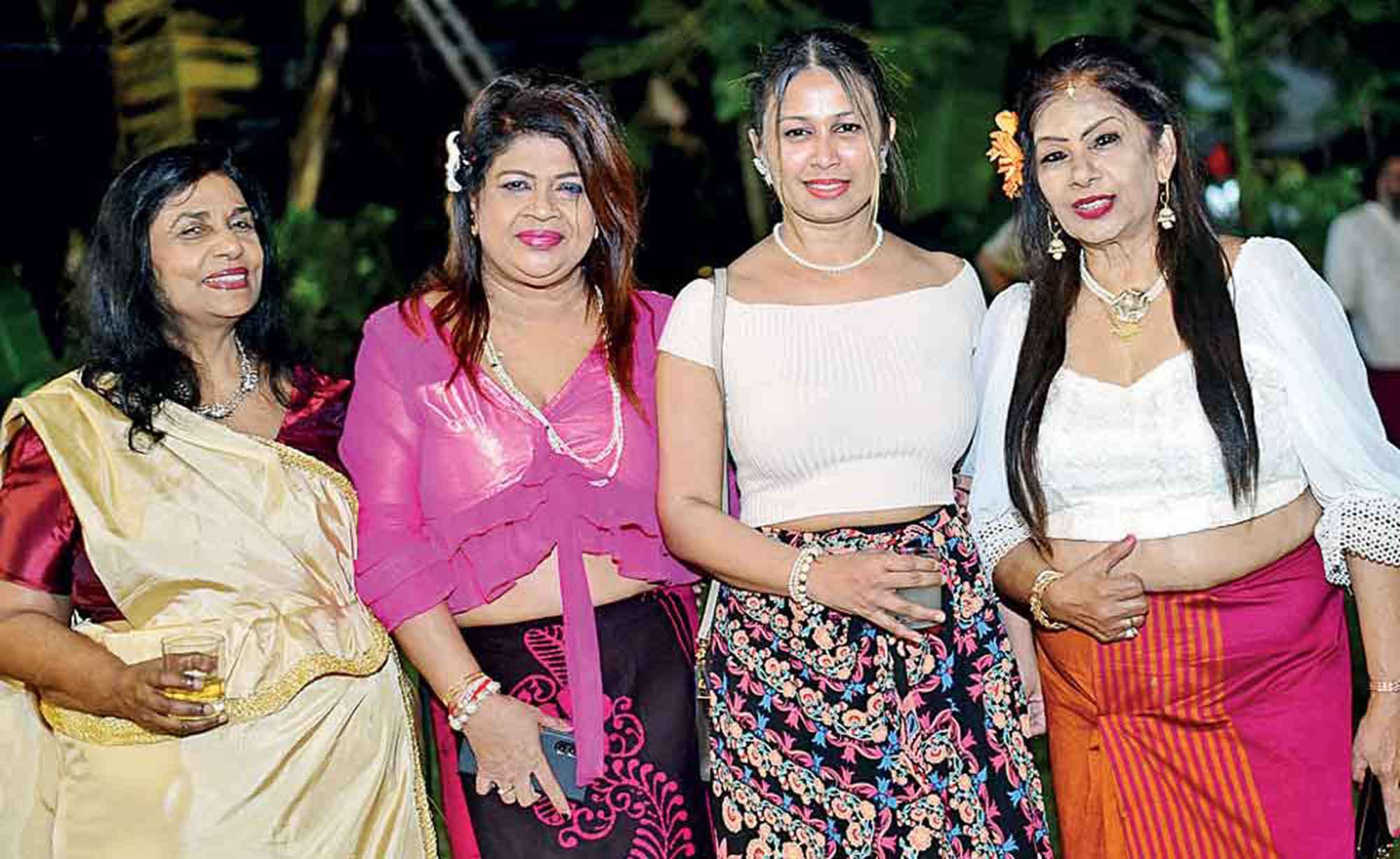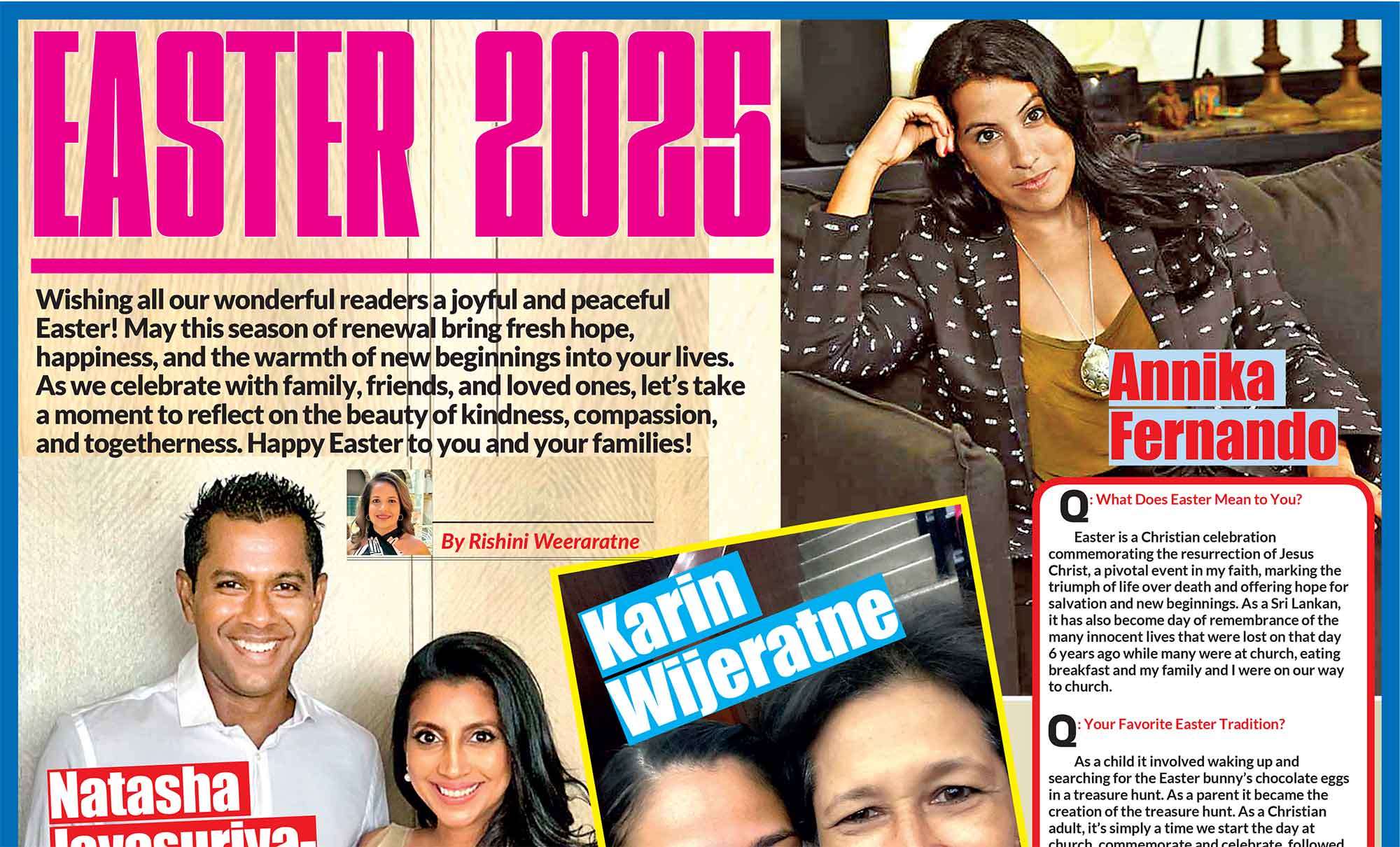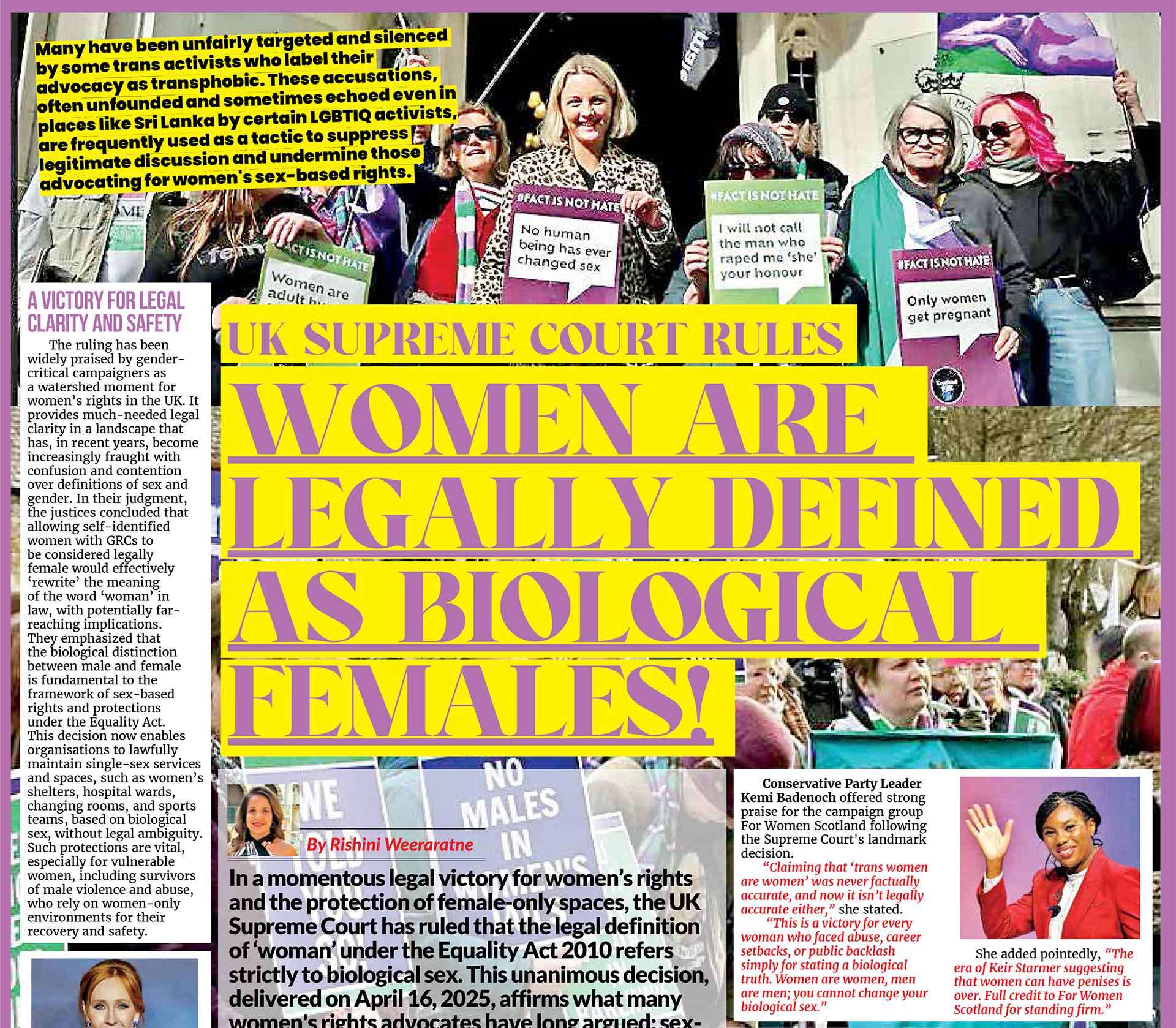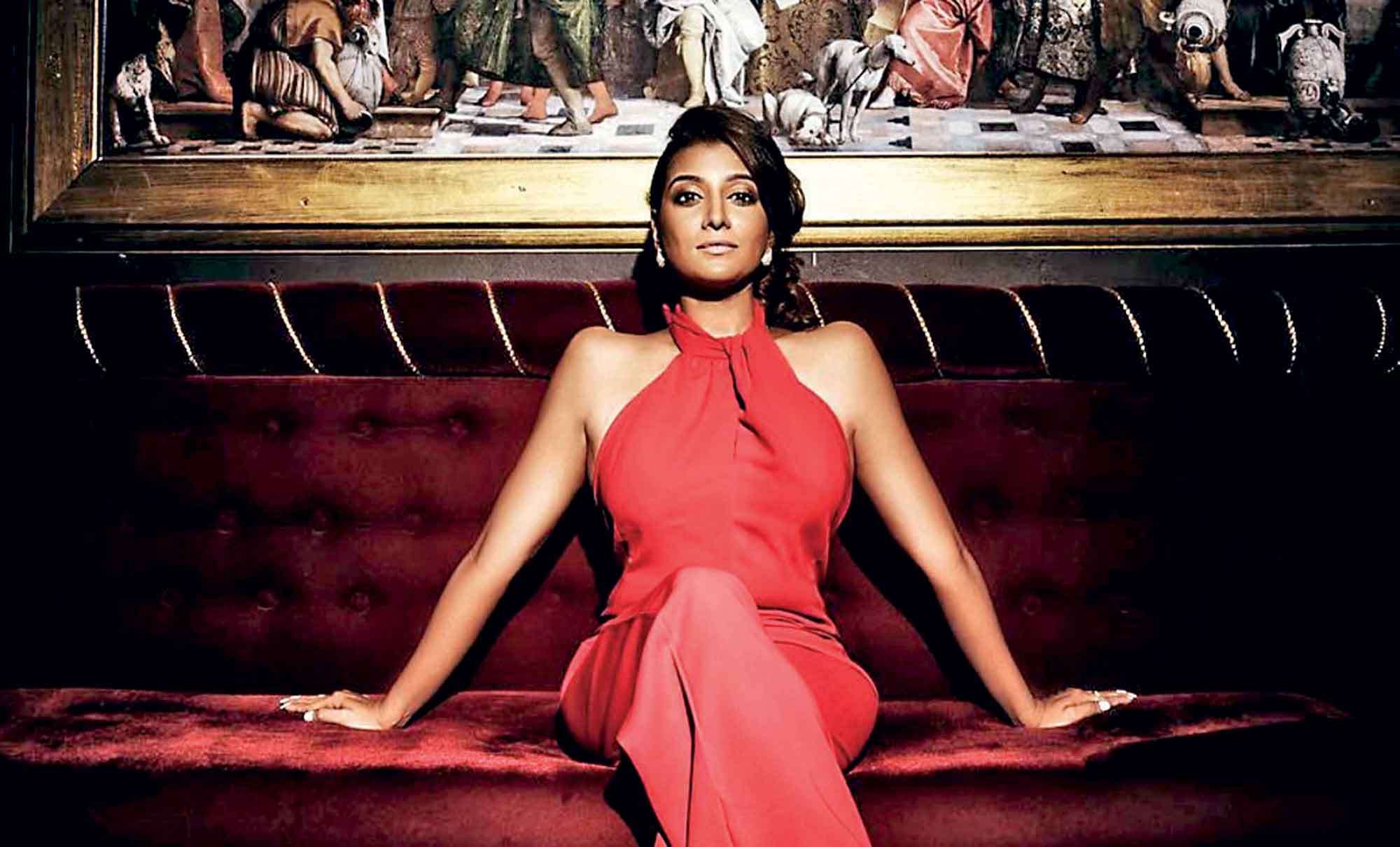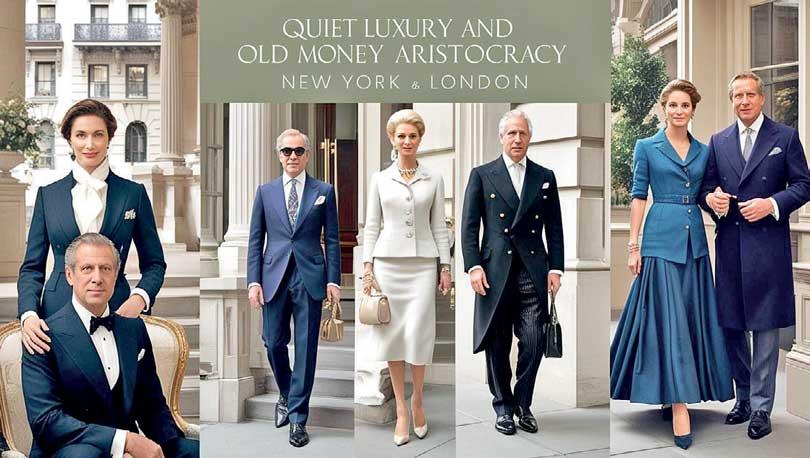
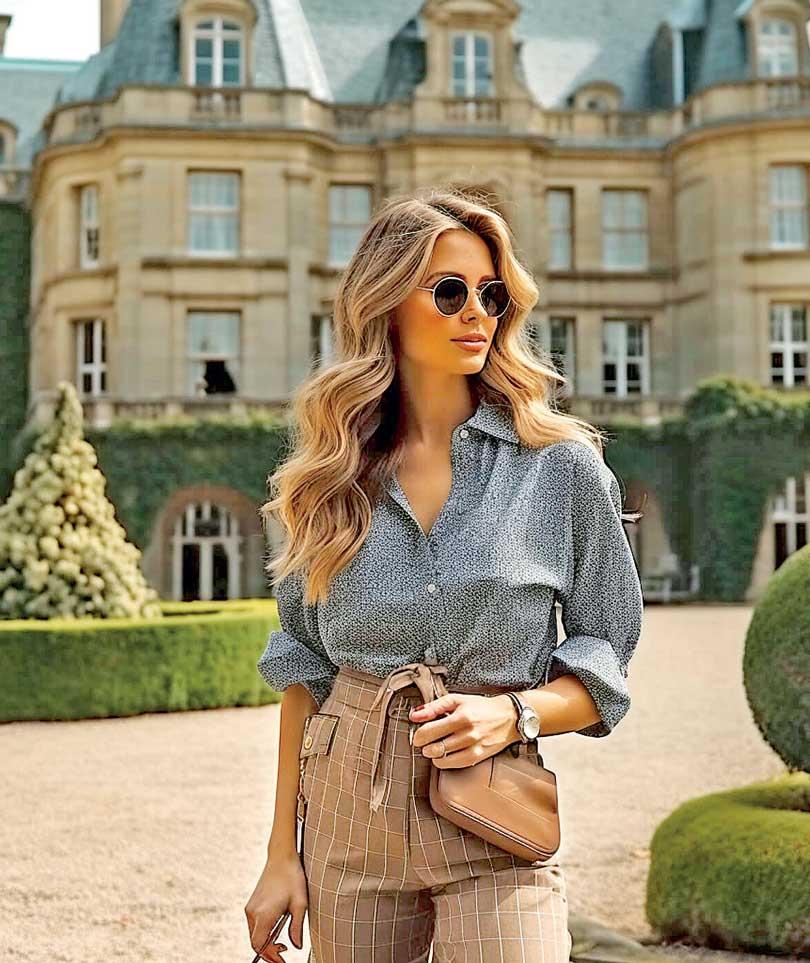
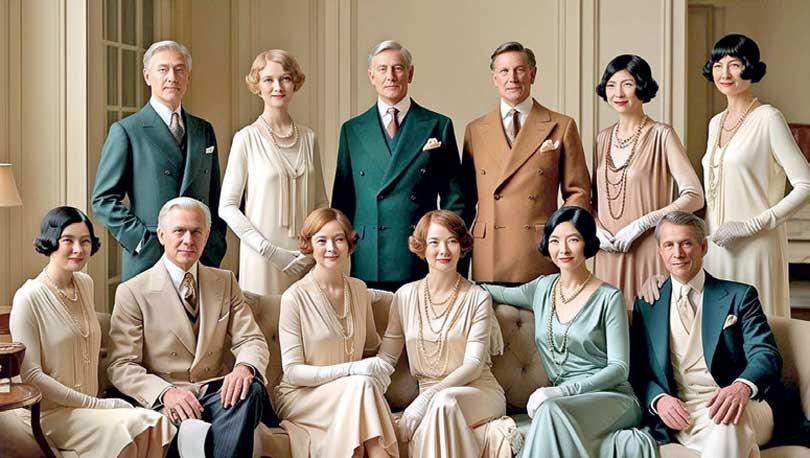
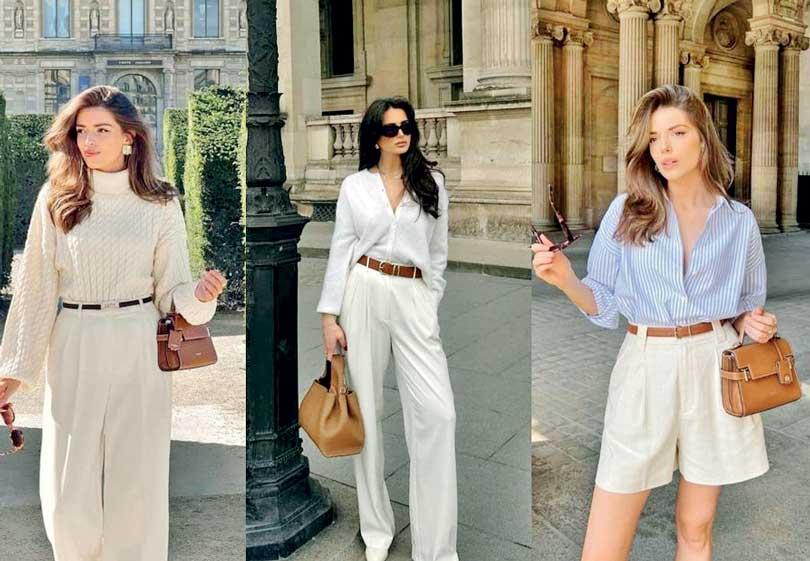
Luxury brands that have built their reputations on flashy branding may need to adapt to stay relevant
Those who embrace quiet luxury often exude an aura of,‘I don’t need to prove anything.
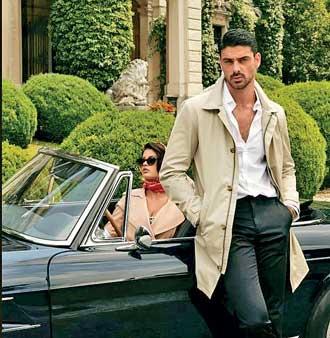 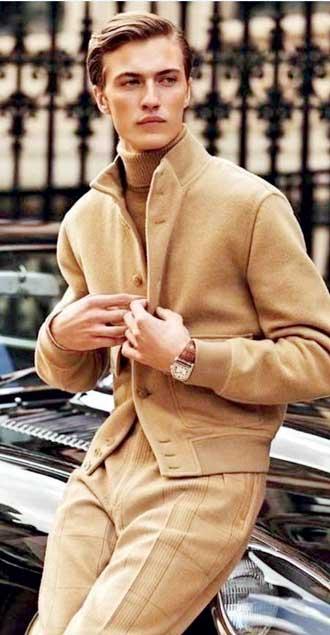 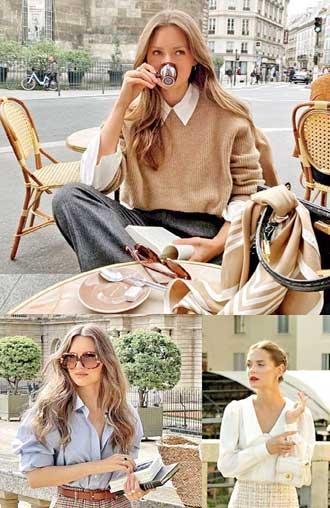 |
In a world where status symbols have long been defined by ostentatious logos and conspicuous branding, a new trend is reshaping the landscape of luxury fashion. Quiet luxury, characterized by understated elegance, impeccable craftsmanship, and timeless design, is overtaking the era of flashy branding. Today, some of the wealthiest individuals in the world are opting for minimalism over monograms, signalling their status through subtlety rather than spectacle. But what is driving this shift, and why has it become the dominant aesthetic among the elite?
From Logos to Legacy: The Brands Leading the Movement
Several fashion houses have become synonymous with the quiet luxury trend, offering designs that emphasize discretion over display. Labels such as Loro Piana, The Row, Brunello Cucinelli, and Bottega Veneta have built their reputations on impeccable craftsmanship and luxurious materials rather than ostentatious branding.
Loro Piana: Known for its ultra-soft cashmere and fine wool, Loro Piana is the epitome of quiet luxury. The brand’s muted colour palettes and timeless silhouettes appeal to those who value substance over status.
The Row: Founded by Mary-Kate and Ashley Olsen, The Row is all about understated elegance, with a focus on exceptional tailoring and high-quality materials. The brand’s minimalist approach aligns perfectly with the ethos of quiet luxury.
Brunello Cucinelli: Dubbed the ‘King of Cashmere,’ Brunello Cucinelli champions artisanal craftsmanship and a refined aesthetic. His pieces are worn by those who appreciate luxury without the need for logos.
Bottega Veneta: Once known for its loud branding, Bottega Veneta has successfully repositioned itself as a leader in quiet luxury, with its signature woven leather serving as a subtle yet recognizable mark of prestige.
The Influence of Economic and Social Factors
Economic shifts have also played a role in the rise of quiet luxury. In uncertain times, extravagant displays of wealth can feel inappropriate, if not outright insensitive. Many high-net-worth individuals are consciously downplaying their affluence in response to economic instability and growing wealth gaps.Additionally, the desire for authenticity in an age of mass production has pushed consumers toward brands that prioritize craftsmanship over marketing gimmicks. The COVID-19 pandemic further accelerated this shift, with many individuals re-evaluating their shopping habits and favouring quality over quantity.
The Rise of Quiet Luxury
Quiet luxury is not a new concept, but it has gained renewed prominence in recent years. Historically, old-money families and aristocrats have embraced an ethos of,“if you know, you know,”favouring bespoke tailoring, high-quality fabrics, and subtle branding over ostentation. However, the modern revival of this aesthetic has been amplified by a mix of cultural, economic, and social factors.
One of the key drivers behind this trend is a growing distaste for overt displays of wealth. In an era of economic disparity and social consciousness, excessive flaunting of riches is often perceived as tone-deaf. The ultra-rich are shifting towards an aesthetic that exudes confidence and sophistication without screaming for attention. In the words of designer Phoebe Philo, whose minimalist approach helped shape the quiet luxury movement: “Luxury is about the absence of vulgarity.”
Cultural Shifts and the Power of Influence
The rise of quiet luxury has also been fuelled by shifts in popular culture and media. In television and film, characters embodying old-money elegance have become style icons. The hit TV series Succession, for instance, showcases the Roy family, a dynasty of billionaires, dressed in the epitome of quiet luxury: muted tones, cashmere coats, and subtly tailored ensembles.Social media has also played a paradoxical role in this trend. While platforms like Instagram and TikTok have long been dominated by influencers flaunting designer logos, there has been a noticeable shift towards more refined aesthetics. Fashion influencers who embody quiet luxury, such as Rosie Huntington-Whiteley and Sofia Richie, have amassed followings by showcasing effortlessly chic, logo-free outfits
The Psychology Behind Dressing Low-Key
For many, quiet luxury is more than just a fashion trend; it’s a mindset. The psychological appeal of understated fashion lies in its ability to convey confidence and exclusivity. Those who embrace quiet luxury often exude an aura of,‘I don’t need to prove anything.’ The lack of branding becomes a status symbol in itself; a marker of those who are truly in the know.Moreover, quiet luxury aligns with the principles of sustainability and longevity. Unlike fast fashion or logo-driven trends that quickly fall out of favour, quiet luxury pieces are designed to be timeless. Investing in a well-crafted coat from The Row or a cashmere sweater from Loro Piana is not just about aesthetics but also about durability and ethical consumption.
The Future of Quiet Luxury
As quiet luxury continues to gain momentum, the fashion industry is likely to see a continued focus on high-quality, timeless pieces. Luxury brands that have built their reputations on flashy branding may need to adapt to stay relevant. Even traditional logo-heavy houses, such as Gucci and Louis Vuitton, have begun introducing more pared-down collections, signalling an awareness of the shift in consumer preferences.However, as with any trend, there is always the risk of quiet luxury becoming commodified. The irony of an ‘exclusive yet widely adopted’ aesthetic is that it can lose its authenticity once it becomes mainstream. Nonetheless, true quiet luxury will always be defined by its core values: exceptional craftsmanship, timeless design, and an unspoken understanding of what it means to be truly well-dressed.In a world where fashion often equates to spectacle, the quiet luxury trend serves as a reminder that sometimes, the most powerful statement is the one left unsaid.
